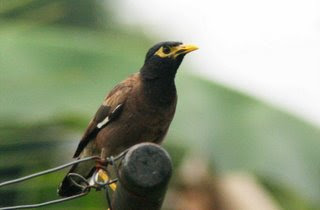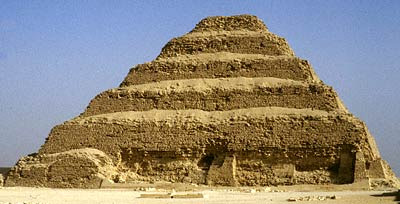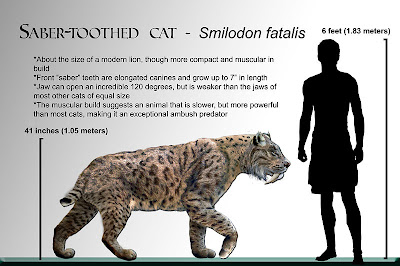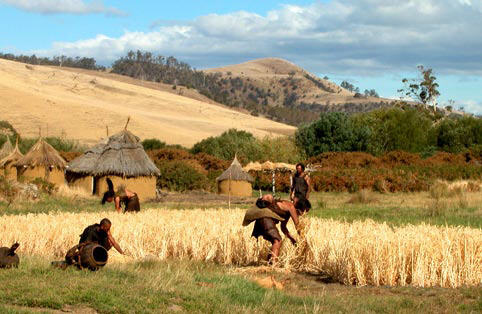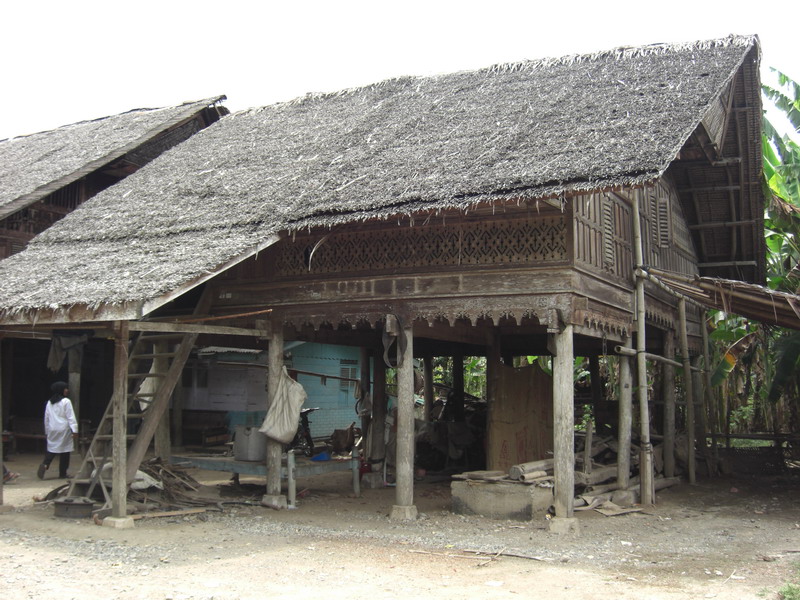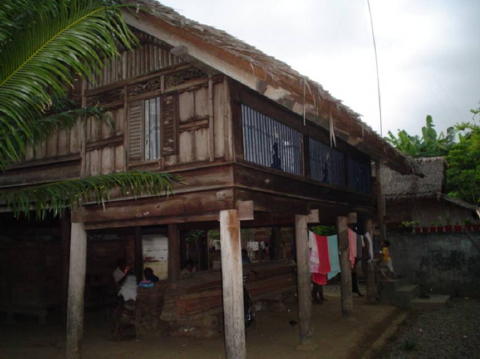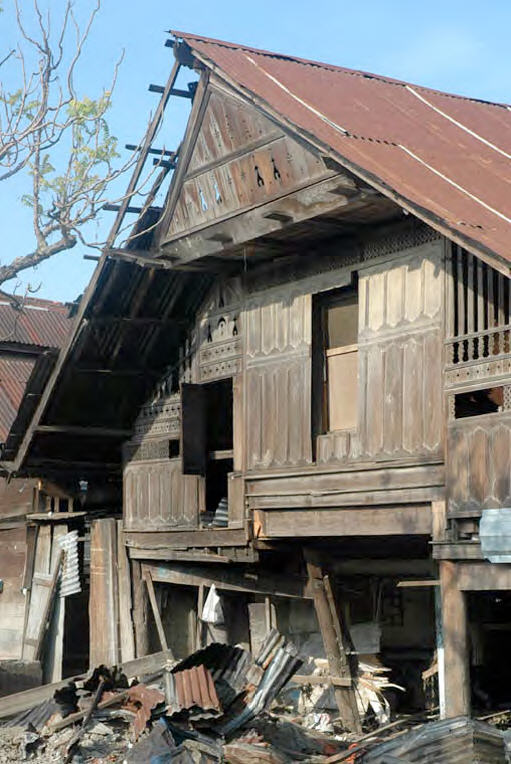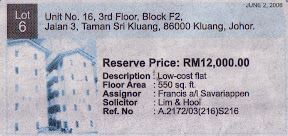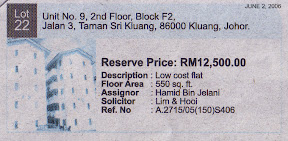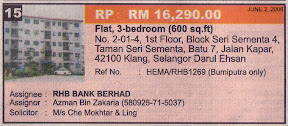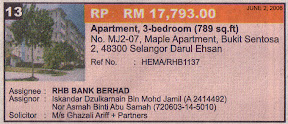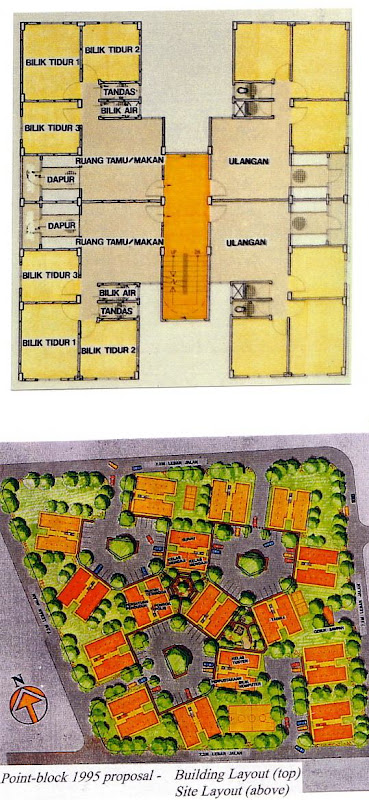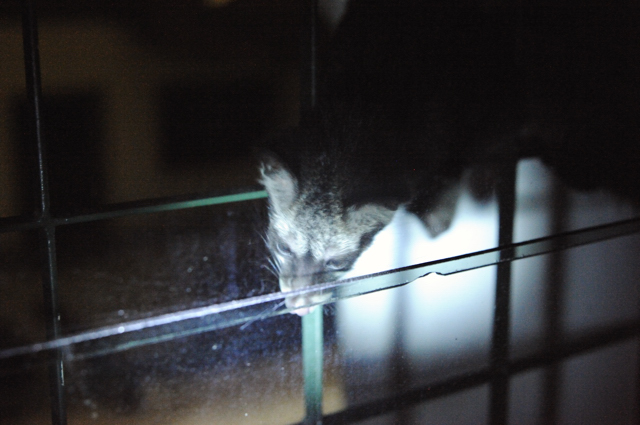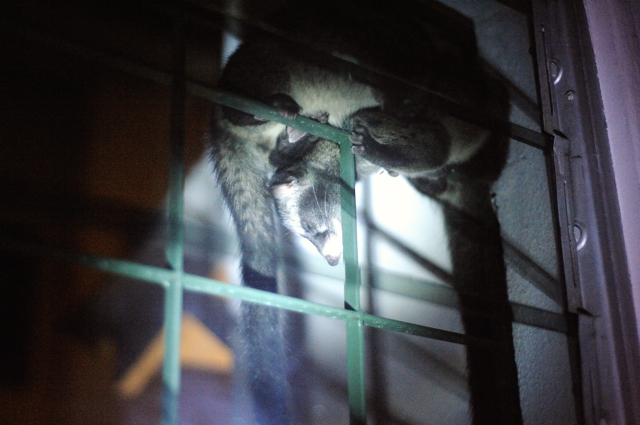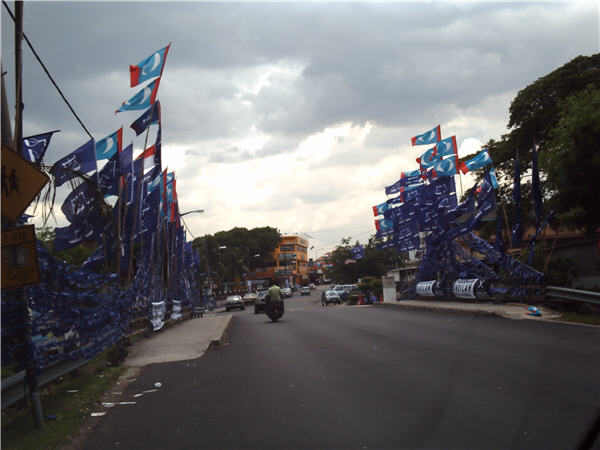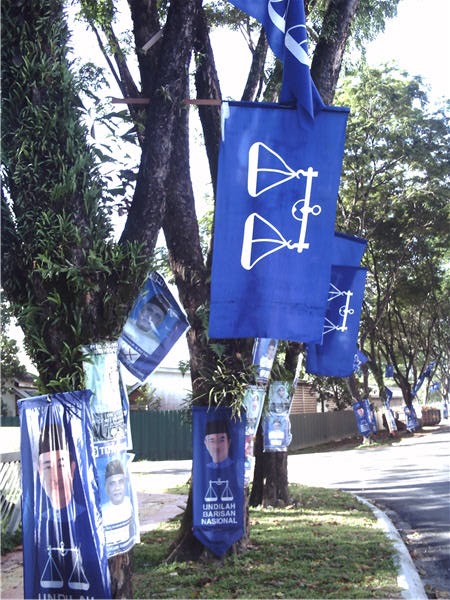Back in 1995, not long after I set up my firm, I decided to focus on designing Low Cost housing. We did not have any clients yet, but I made a bet that the demand for such housing would always be present, and if the designs we came up with were good, then commissions would come. The bet came good: in the following years, the government embarked on a programme to get the public and private sector to build for the low-income.
Previously, private developers were mandated to build low-cost houses in their new housing estates. A minimum of 30% of their total number of units were to be houses priced below RM25,000. This proved to be a burden to developers and had limited output, so the rules were changed to encourage more building: In Johor for instance, the new requirement became:
* 20% low-cost RM25,000 (USD6,300)
* 10% low-medium type 1 RM60,00 (USD18,900)
* 10% low-medium type 2 RM80,000 (USD25,125)
The federal government also introduced a raft of other new measures to boost the building housing for the poor: it offered soft loans to developers of low cost housing; a revolving fund was set up to finance construction. The standard of the low-cost houses were set at improved levels, notably the requirement for 3 bedrooms.
The government entrusted a government owned corporation, TPPT Sdn Bhd, to work with the private sector and State governments to build low-cost housing. The mood of the times is reflected in the book produced by a think-thank which was closely allied to the government : "Low-Cost Housing - A Definitive Study". The problem of housing for the low income was going to be solved!
This provided an opportunity for Arkitek M Ghazali to introduce our ideas for "point blocks": ie 5 storey walk-up blocks with only 4 units to each floor accessible from a single staircase . We found that point blocks were economical: the ratio of saleable area to total area we were able to get was more than 95% , compared to about 85% achieved by the conventional slab blocks which could have up to 16 units per floor accessed from a central corridor.

These point blocks were arranged in a hexagonal formation (the first hint of honeycomb housing). In terms of land-use efficiency, we found this to be as efficient as the conventional rectilinear layout. In addition, the point block concept created "defensible spaces" and I instinctively felt that the clustering of the flats offered a much more community-friendly environment.

The recession of 1997/98 in Asia ended the hope of a boom in low-cost housing.
